speedy-seeds.co.uk
Red Manuka Tree 50+ seeds | Honey | Bee Magnet
Regular price
£4.99 GBP
Regular price
Sale price
£4.99 GBP
Unit price
per
Tax included.
Couldn't load pickup availability
Please find for sale 50+ seeds for Red Manuka (Leptospermum Scoparium), the tree made famous for both its tree oil and for the honey bees make from its flower pollen. I grow these plants myself - I have to say they are very pretty even when not in flower.
PLEASE NOTE: All orders received before 8pm (Mon-Fri) will be dispatched same day
SAVE PACKAGING MATERIALS - SEE OTHER INTERESTING & UNUSUAL SEEDS & PLANTS IN MY SHOP
INSTRUCTIONS - TO SAVE PAPER I NO LONGER SEND OUT WRITTEN INSTRUCTIONS TO CUSTOMERS. INSTRUCTIONS ARE BELOW SO PLEASE BOOKMARK THIS PAGE.
I love honey and eat it every day....and I adore Manuka honey not just for its delicate taste but its health benefits. Manuka Honey is however very expensive with jars costing at least £15, usually more. Even worse than the price is the fact that "honey fraud" is rampant - New Zealand produce 1,500 tons of Manuka Honey each year but 10,000 tons is sold as "Manuka" honey!!! And even if you get the real thing, those jars have clocked up at least 11,500 miles to get to the UK!
So whether you are growing these plants just for the beautiful bee-attracting flowers, or are planning in time to have a crack at producing honey, it will be a worthwhile pursuit.
Manuka is hardy to many southern and coastal areas of the UK - has been grown in Cornwall since the late 19th century. Elsewhere it should be grown as a container plant, brought into a greenhouse or given protection during winter. When planting add some ericaceous compost and Manuka prefer slight acidic soil. I have been growing these for several years (in the South of England) - I have them in pots which I place against wall of house in winter. Going well and clearly can survive a few degrees of frost but if in a colder area it might be an idea to give more protection.
Germination Guide
- Sow indoors in late winter / early spring
- Prepare a seed tray filled with moist (but not wet) seeds compost, lightly firmed down
- Sprinkle seeds over surface of the seed compost
- Very gently pat the seeds down so they are in contact with the compost
- No need to cover as seed so fine
- Keep moist but not wet - best to water from the bottom by having seeds tray inside a waterproof container.
- Keep at 17-25 degrees during day and 10-15 degrees at night - so ideal place is on window sill over a radiator as long as heating goes off/down at night
- As you will see the seedlings are very small initially - take care when watering not to flatten them. Best to water from below.
- Thin seedlings and pot on as required. Add some ericaceous compost when potting on
TOP TIP! Don't use all your seeds in the same tray just in case rot sets in.
TOP TIP 2! Manuka seedlings are TINY at first. Be careful when watering not to flatten them. Mist or water from below.
Olly's General Guide to Seed Sowing!
I love sowing seeds and it runs in the family - dad, granddad and finally my great-granddad for whom the hobby helped him get over his experiences in the Great War. I still get a big kick when I see the first seedling poking through from a new plant that I have never sown before or been successful at. However, even the most experienced gardeners draw "blanks" from time to time. Whilst I sow all the seeds that I sell so I know that they are viable, some are trickier than others and problems can arise so here are some tips to make "blanks" few and far between:
1) Dont Rush! Tempting though it is when that packet arrives in the post to simply bung the seeds in some compost!
2) Google and Youtube are your friends! Take some time so see the methods other people use to germinate the seed.
3) Think Nature! What conditions do seeds face? For example a seed from a tropical plant will fall to the warm, wet and dark jungle floor. A seed from the mountains of Europe will fall to the floor in Autumn, then have to endure months of freezing temperatures before germinating in the spring. So as growers, what we are trying to do is to simulate the conditions that the seeds will naturally experience and there are plenty of tricks that can be done to short cut the processes somewhat.
4) Good compost pays dividends . The best investment you can make is to purchase three bags - one of potting compost, one of vermiculite and one of horticultural sand. With these three bags I can make up whatever soil type a particular seed likes (although for most seeds I find a 50/50 mix of compost and vermiculite works just fine)
5) Rot is your enemy. The single biggest danger to seed germination is rot - either before or after "damping off" the seeds germinate. To reduce the risk, ensure you have good free draining soil mix and that it is moist but not wet. Unless the seed variety absolutely requires it I prefer NOT to cover my seeds trays with plastic bags, Whilst germination is often faster this way, it greatly increases the risk of rot. I prefer to place my seed trans inside a watertight plastic tray and water from the bottom - airflow over the surface reduces the risk.
Any problems? Don't rush to review - message me first and I will get it sorted quickly!
Materials
Materials
Shipping & Returns
Shipping & Returns
Dimensions
Dimensions
Care Instructions
Care Instructions
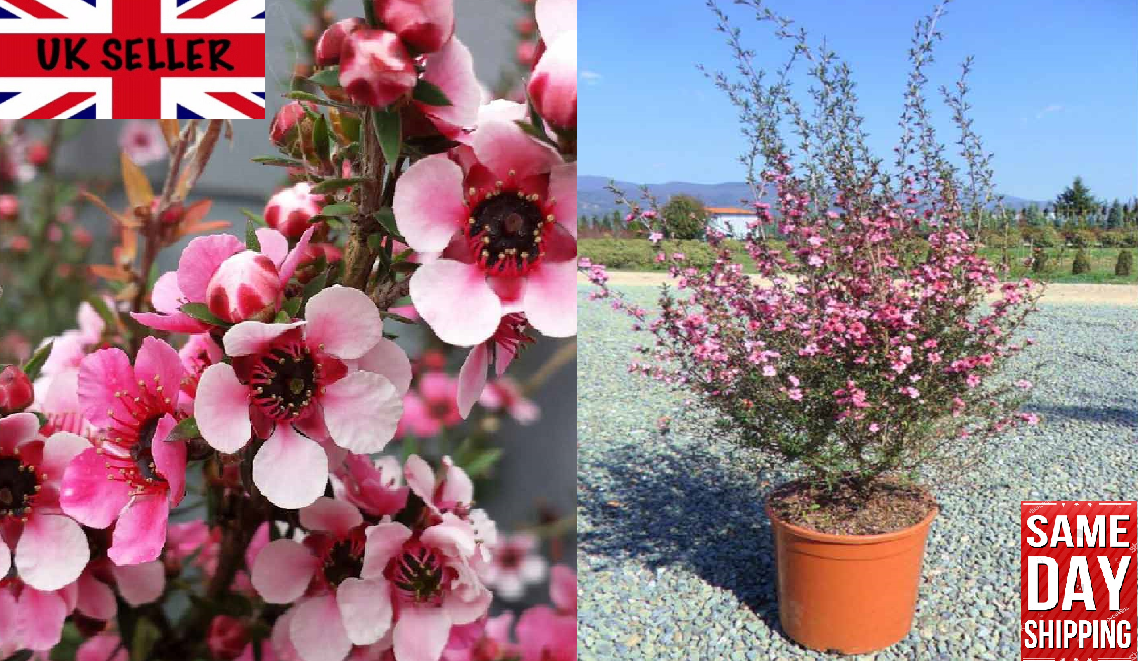
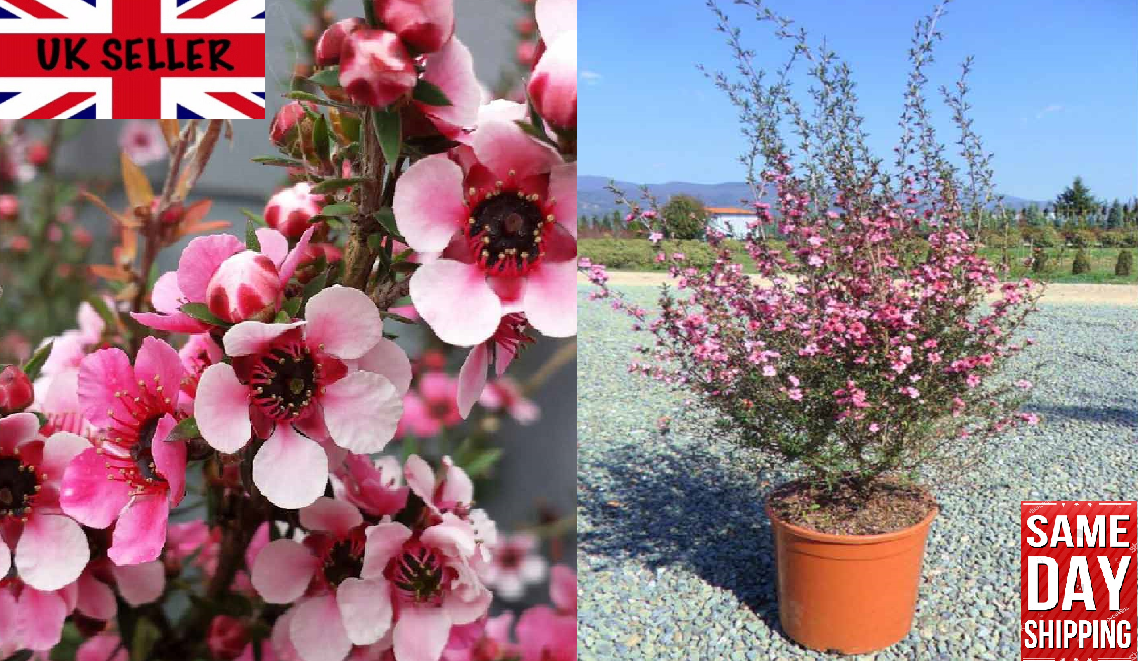
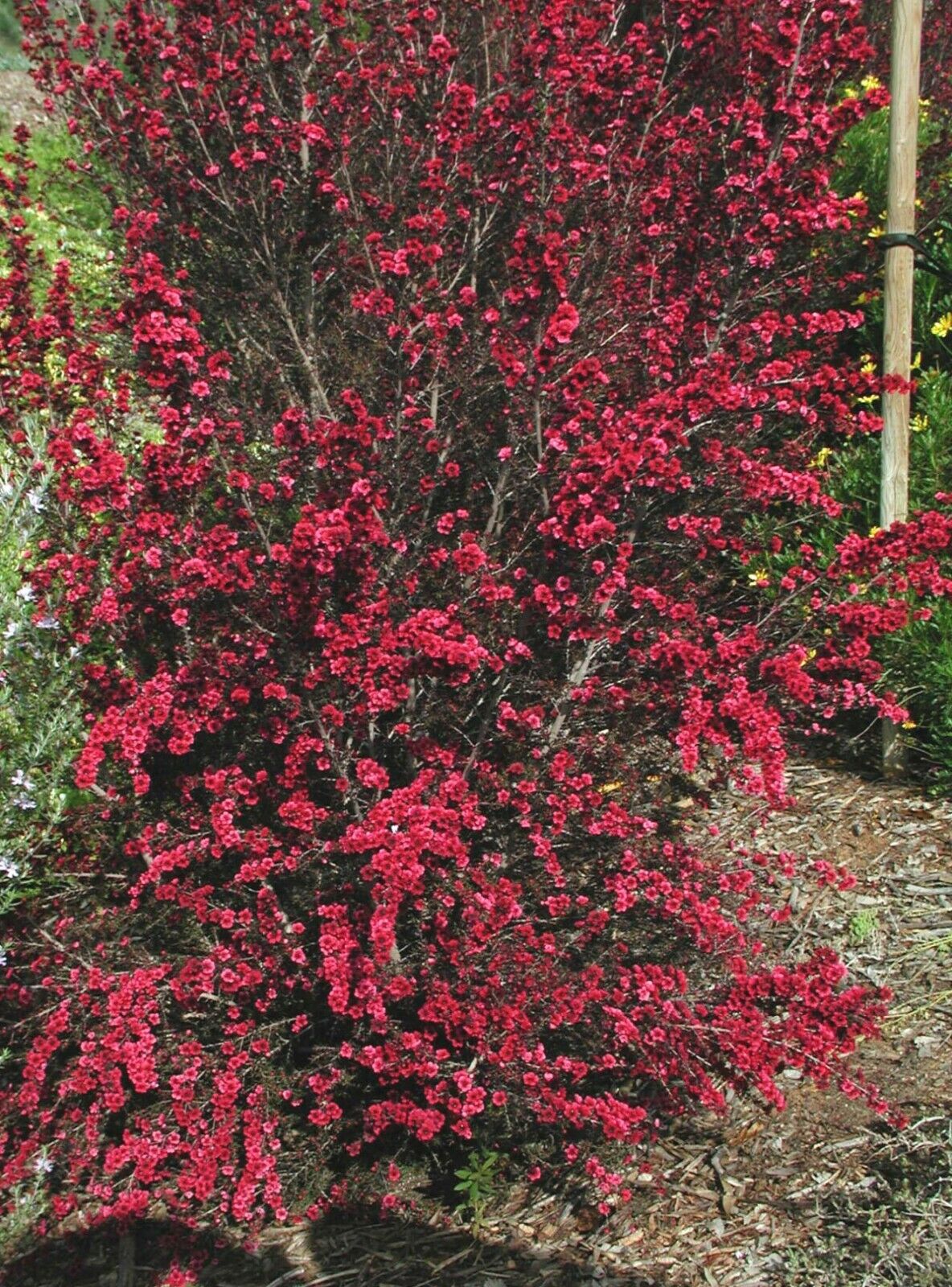
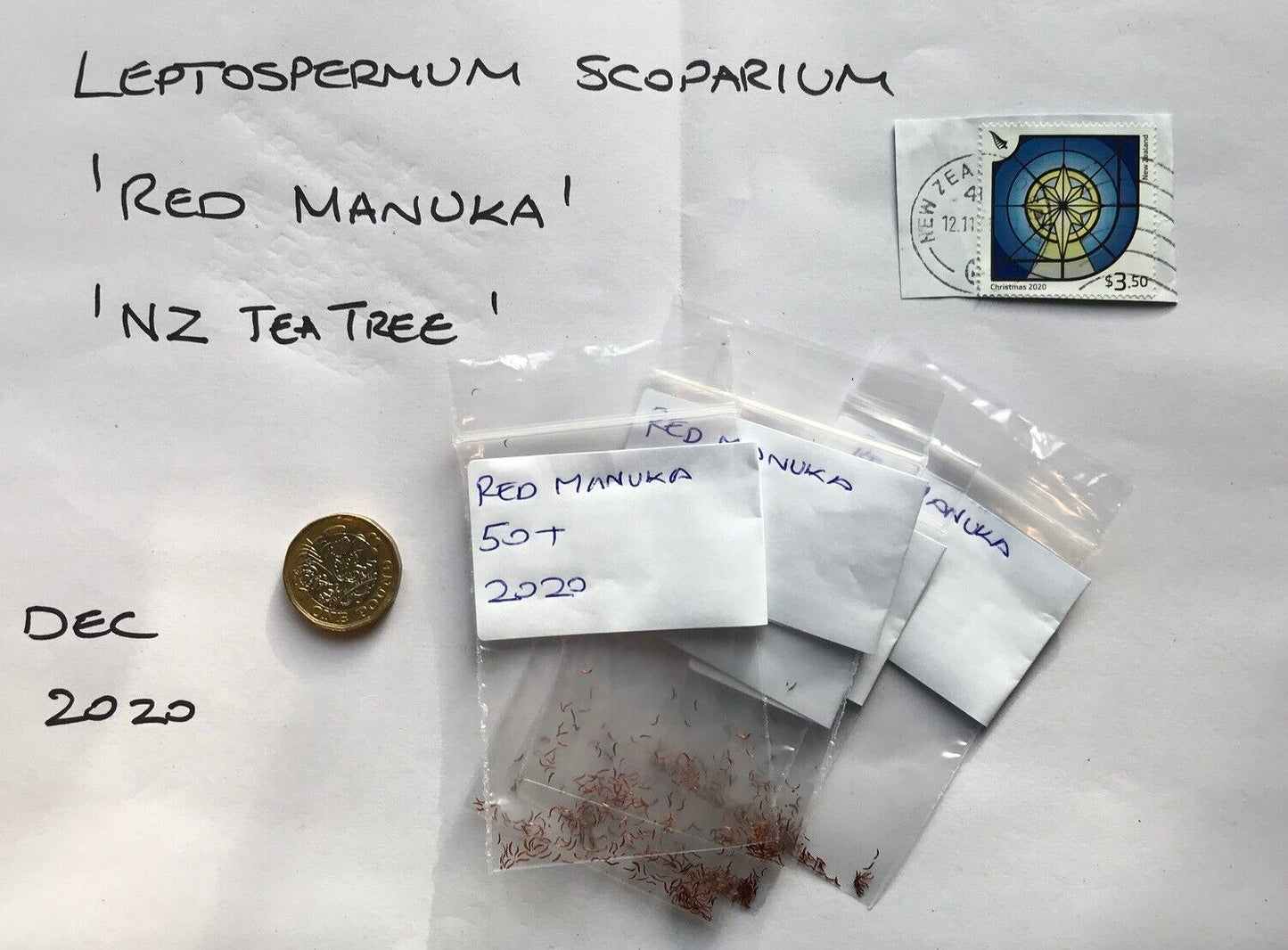
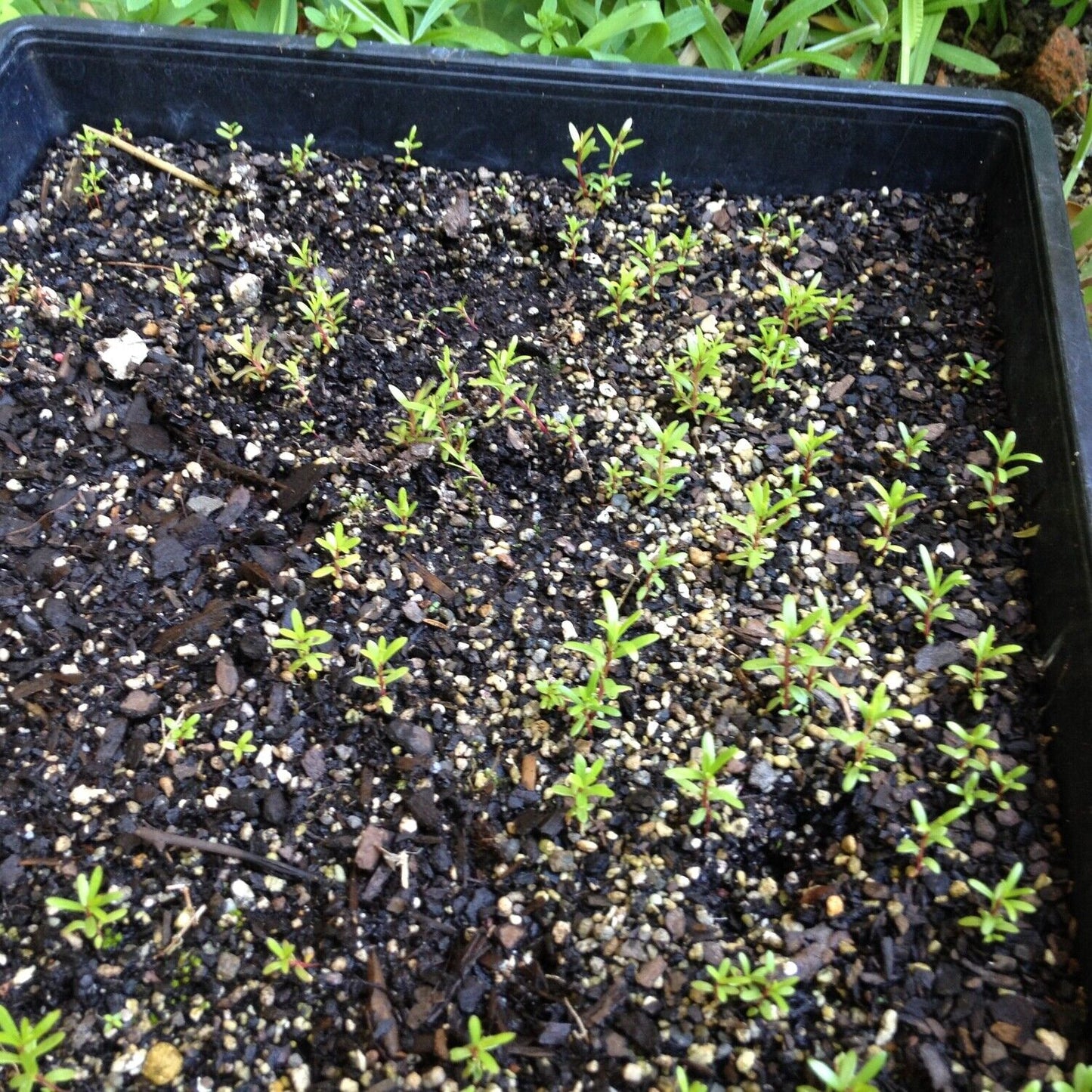
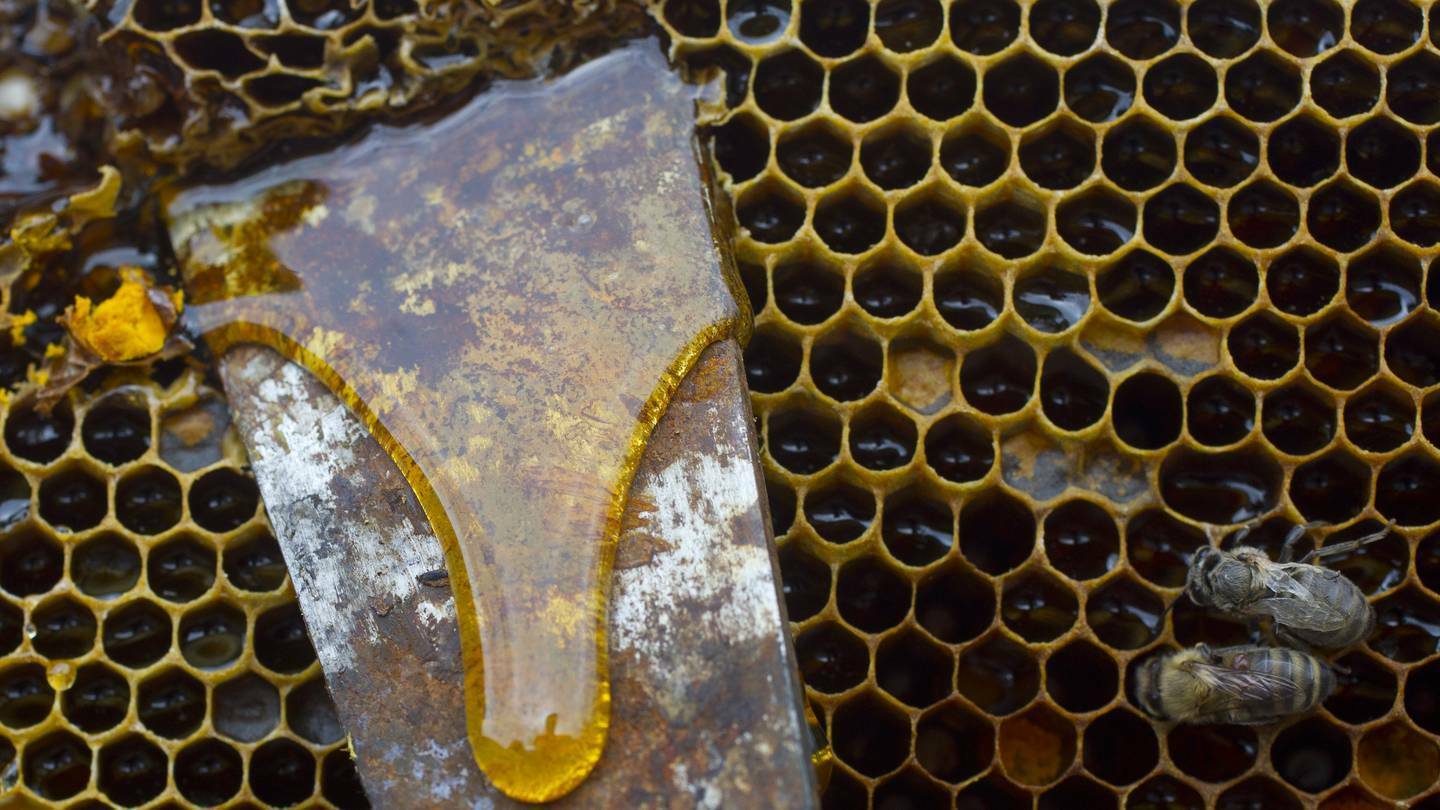
Image with text
Pair text with an image to focus on your chosen product, collection, or blog post. Add details on availability, style, or even provide a review.
-
Free Shipping
Pair text with an image to focus on your chosen product, collection, or blog post. Add details on availability, style, or even provide a review.
-
Hassle-Free Exchanges
Pair text with an image to focus on your chosen product, collection, or blog post. Add details on availability, style, or even provide a review.






